The Esker Foundation, a vast and ravishing exhibition space opened in 2012 in Inglewood, recently voted as Canada’s “Best Neighbourhood”. Canadian art collector Jim Hill spent 15 years planning for Esker, but the collection of him and his wife, Susan Hill, is not displayed at Esker except for cases where they have lent a piece or two.
Jim Hill has shared with Larry’s List his thoughts behind establishing the Esker Foundation as well as why he and his wife do not have a “collection” and never sought to have one.
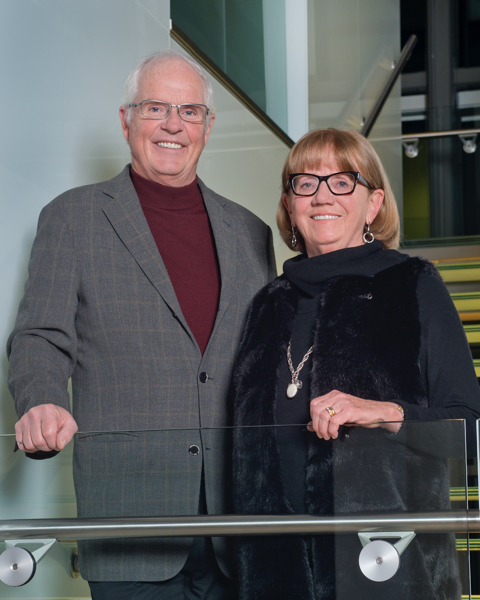
Collecting
What made you want to start collecting art? What was the first artwork you purchased?
My wife, Susan, and I lived in Paris in the late seventies and that kindled an interest in art. The first painting we acquired was a landscape called “Normandy Village” painted by Roger Desoutter in 1978. The painting of a quaint French village in winter had just a hint of abstraction which was enough to make us begin to think about what painting could be or not be.
What is the main motivation behind your collecting?
Firstly, I want to say collecting is not a word that accurately describes how we buy art. We do not have a “collection” and never sought to have one. I find the term collecting somewhat demeaning and selfish. Good art will almost always outlive the life of the acquirer. Therefore, what is the purpose of acquiring and aggregating or collecting? The art existed before the acquirer and likely will continue to exist long after the initial acquirer is gone. So what value is there of temporarily bringing together works? We simply buy pieces of art that we enjoy and want it to have a continuing visible impact on our lives.
Does your collection focus more on emerging or renowned artists? Why?
Our art is roughly split evenly between emerging and renowned artists. Obviously, on average renowned artist’s art is superior to a cross-section of emerging artists at any one time, but it is also vastly more expensive. We like to balance that work with emerging artists, not only for price considerations, but also to see if we can identify artists of lasting quality and reputation before they become renowned.
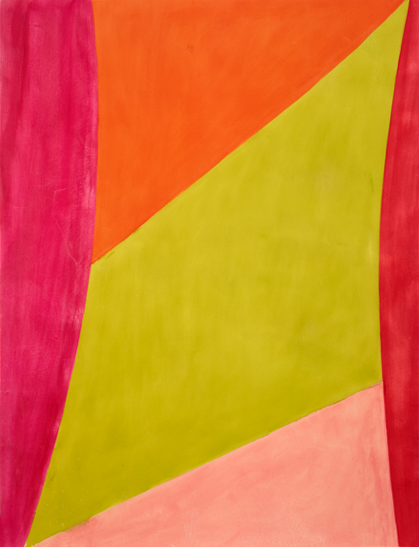
Is there any particular type of art that has consistently attracted you, or anything that unites all the works you have acquired?
Colour field has always been our favourite style. The colour, the simplicity of the structure and the clean lines of colour field painting is a common theme in our works.
How many artworks do you own? Where do you display your collection?
We have about 150 pieces of art that are at our home, in the company where I used to be the CEO and in the lobby of our building which houses the Esker Gallery.
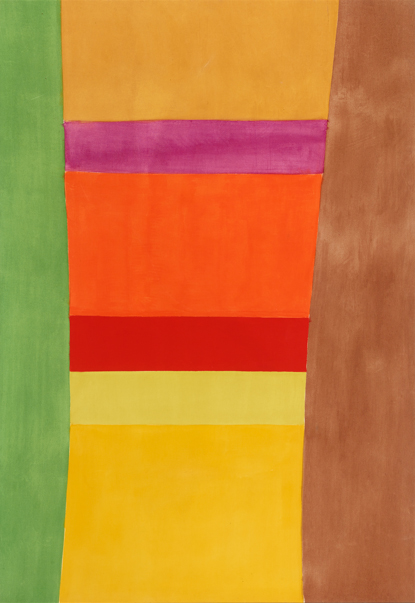
What considerations guide you to make a purchase?
The artwork needs to have an immediate physical impact. If it is attractive to me, I can feel almost a sense of uplifting in my stomach. It makes me forget immediately whatever else I was thinking about before I view the work.
Is there any kind of artwork that can make you write a cheque without any consideration?
Not really, a good artwork usually requires a pretty big cheque.
How important is it for you to meet the artists who created the artwork?
I am always interested in meeting our artists but it is not essential. I find meeting artists in their studios, and having them give a tour through their works, very informative and entertaining. In that venue, they seem quite articulate and thought provoking. However, when the artists speak at a gallery or give a formal presentation on their work, separated from actually touching their work, they seem less articulate and certainly less comfortable.
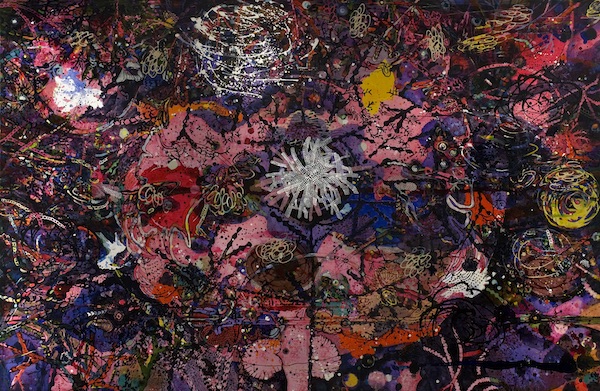
How is the art-collecting scene in Canada now?
It seems solid, but like everywhere else, it seems the renowned and deceased artists are getting all the attention and escalating prices. In Canada, a painting by Group of Seven painter Lawren Harris, just sold for over $11 million Cdn., a record for a Canadian artist.
What is your advice to young and fresh collectors?
Buy what you like, not what you are told will go up in value. However, at the same time, you need to spend some time in art history education, to understand where the current piece fits into the progression of art created in previous centuries and what artists and motifs may have influenced the current artist. Once you have this framework with which to evaluate the artwork you are considering, there is a better chance that your intuition of quality in the work is real.
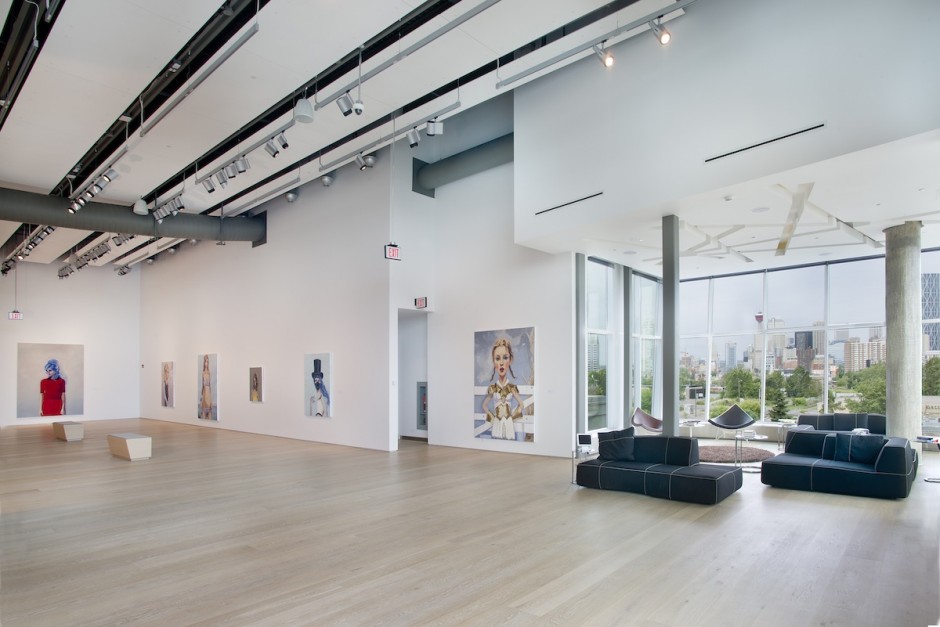
Esker Foundation
What is your motivation behind setting up a foundation and a public accessible space?
Our family has done well in business in Calgary, and we wanted to give back to the community. Educational and medical facilities seem to be well funded by philanthropists in Calgary but quality visual art spaces are lacking. I wanted to get art in front of the public, and the fastest and most economical means of doing that is to create a public exhibition space while that does not act as a conventional museums. Museums generally have enormous collections that require costly continuous storage and insurance. Then, despite the investment in the art already acquired or donated, the museum feels pressure to raise funds for even more acquisitions to keep the institution relevant and in the public eye. Of course, the fundraising and applications for government grants are tremendously time-consuming for the museum staff members and sap their available energy for the actual art programming. At Esker, we have only 7 staff members, our “front of shop” or display space is 75% of our total footprint, and when we need art for a show, we simply borrow it.
Why was the name Esker chosen?
Eskers are quite common in Canada. They are ancient, frozen riverbeds that have lifted gravel and sediment above the surrounding muskeg. Although they are meandering, they are always easier to walk on than the muskeg. We like to say that there is no straight, short cut to understanding and appreciating art, but Esker will guide you, despite the turns and twists.
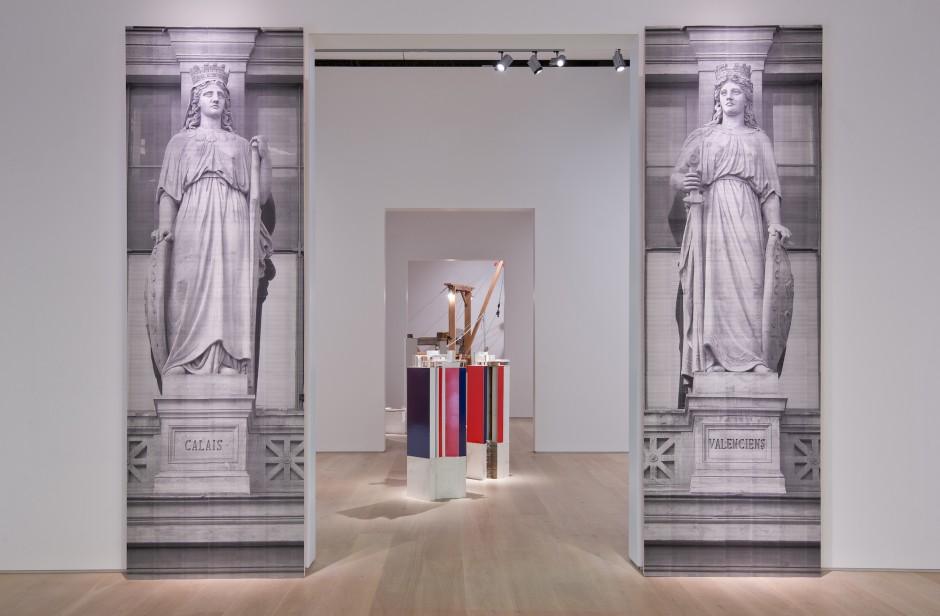
Why did you choose this location for opening Esker Foundation? What is special about the architectural design of your foundation?
I was attracted to Inglewood or east end Calgary because of its interesting lower density mix of residential and commercial. Inglewood was recently voted Canada’s “Best Neighborhood” and has always had a strong interest in art. Our Foundation space is not in a stand-alone building but rather on the top floor of a commercial building. The space is clearly recognizable as something different from commercial from the outside, but is not as dramatic as some of the recent “Starchitect” art buildings. I was more motivated to create a space that complimented the art rather than competing with it, and now after about a dozen exhibitions, I think we were quite successful in the design.
How did you come up with such a fiscal model of merging art and commerce?
I looked at how most art institutions are funded and thought there must be a better model. Typically, art is dependent on the whims of commerce to buy its products and to donate money to pay for its buildings and art programs. This erodes the esteem of the people on the art side as they feel they represent nothing more than a welfare state. Even when the art people try to make money with restaurants, gift shops, and corporate events, it is never enough, and still, there is the need to ask or even beg for money to stay afloat. This is unfortunate because almost everyone would agree that a vibrant art colony and art institutions has an extremely positive impact on any community. So art benefits a community, probably increasing commerce and property values outside its walls, but it receives no direct compensation for these benefits. In Inglewood, we the Atlantic Avenue Art Block which is a 160,000-square-feet building that is primarily commercial. The Esker Foundation is a tenant and occupies about one half of the top floor. The tenants of the building have been carefully selected or “curated” as organizations that have an appreciation for art such as architect firms, media companies and a print shop. The building is fully leased and the tenants appreciate the art community vibe in the building. Arguably, we are able to charge some premium to the typical rent because of this ambiance. Therefore, the art side of the building is really a partner with the commercial side, rather than a dependent.
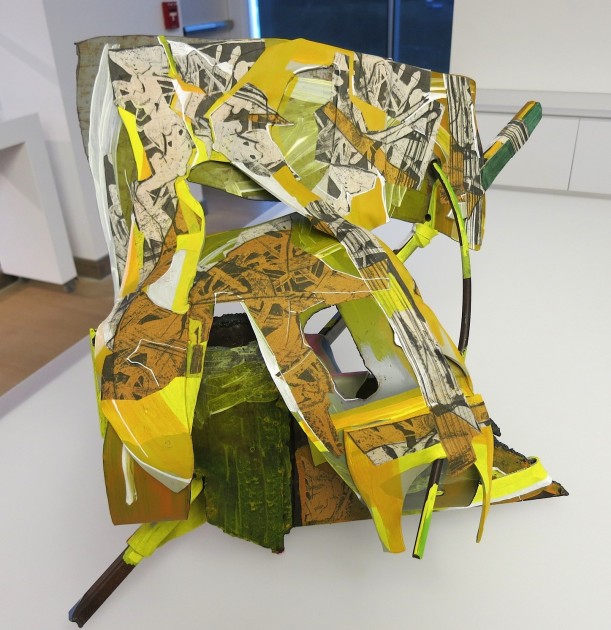
Why did you decide that Esker Foundation focuses on art by the up-and-comers?
We do not focus on just up-and-comers although that was the theme of our opening show. Last winter, we had a very successful show of art by Jack Bush, a noted Canadian abstract painter who died in 1977.
What is your vision for Esker Foundation in the local and national art scene? How to achieve that?
Although we are privately funded, I want Esker to achieve the same reputation and credibility as the top public art institutions in Canada. We will do that by the quality of the shows we produce and strong collaboration with public art institutions. It took a while for these institutions to realize exactly what Esker was and that it did not represent competition for public funding. As a result, many useful relationships and connections are now opening up to our small group of employees.
What are the upcoming exhibitions/projects at Esker Foundation?
For now, I will say I don’t really know, which I know seems odd. I intentionally give our Director/Curator Naomi Potter and her staff considerable freedom in the selection of shows. I do this to avoid the perception that our family dictates the art, or that Esker is a vanity project for us. Also, we enjoy being as surprised and thrilled as the public when a new exhibition opens. This is as much about our art education as anyone else. At times, I have known something about an upcoming exhibition and have been somewhat dubious only to find my impression favorably changed after viewing the exhibition for some time.
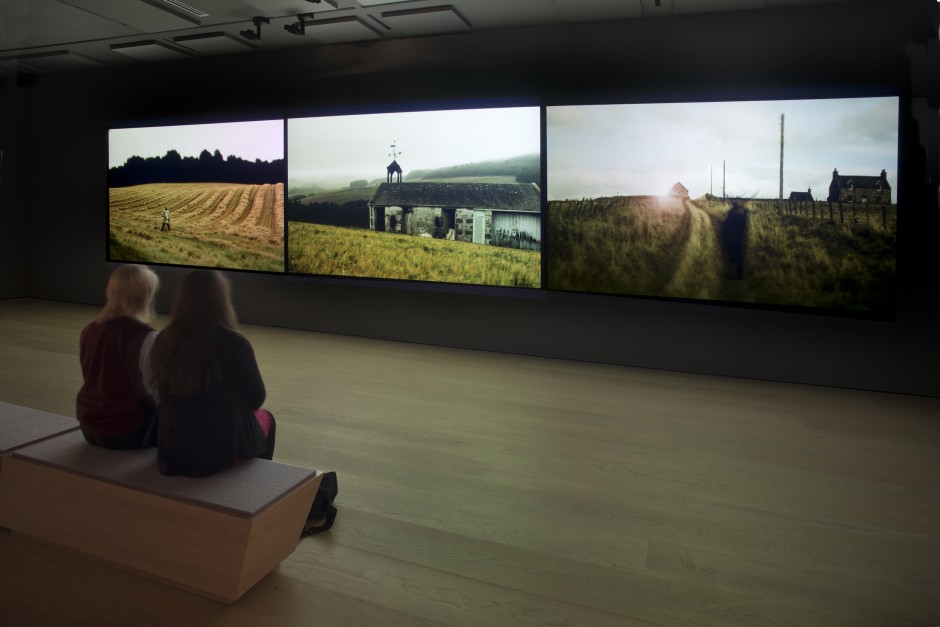
The Art World
What was your happiest moment being involved in art?
Clearly when we finally opened Esker after 15 years of planning, and seeing the joy and amazement of both our opening night guests and the pride of the emerging artists whose work was featured in that opening show.
Who inspires you in the art world?
I try to keep on top of what both private art institution owners and directors of public institutions are doing. Anyone who meaningfully advances the awareness and pleasure of art provides inspiration to me.

Esker Foundation is one of the many participating museums of The Private Art Pass 2017 by Larry’s List. The Private Art Pass holder (plus one person) receives a complimentary guided tour of the collection and a free drink in the museum café at Esker Foundation.
Check out more about our Private Art Pass here.
Related: Esker Foundation
Facebook: Esker Foundation
Instagram: @eskerfoundation
A selection of artists Jim and Susan collect:
Jack Bush
Landon MacKenzie





